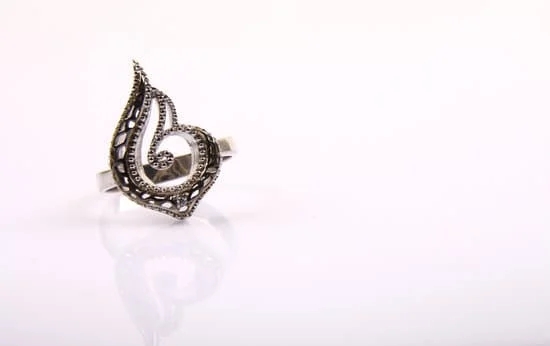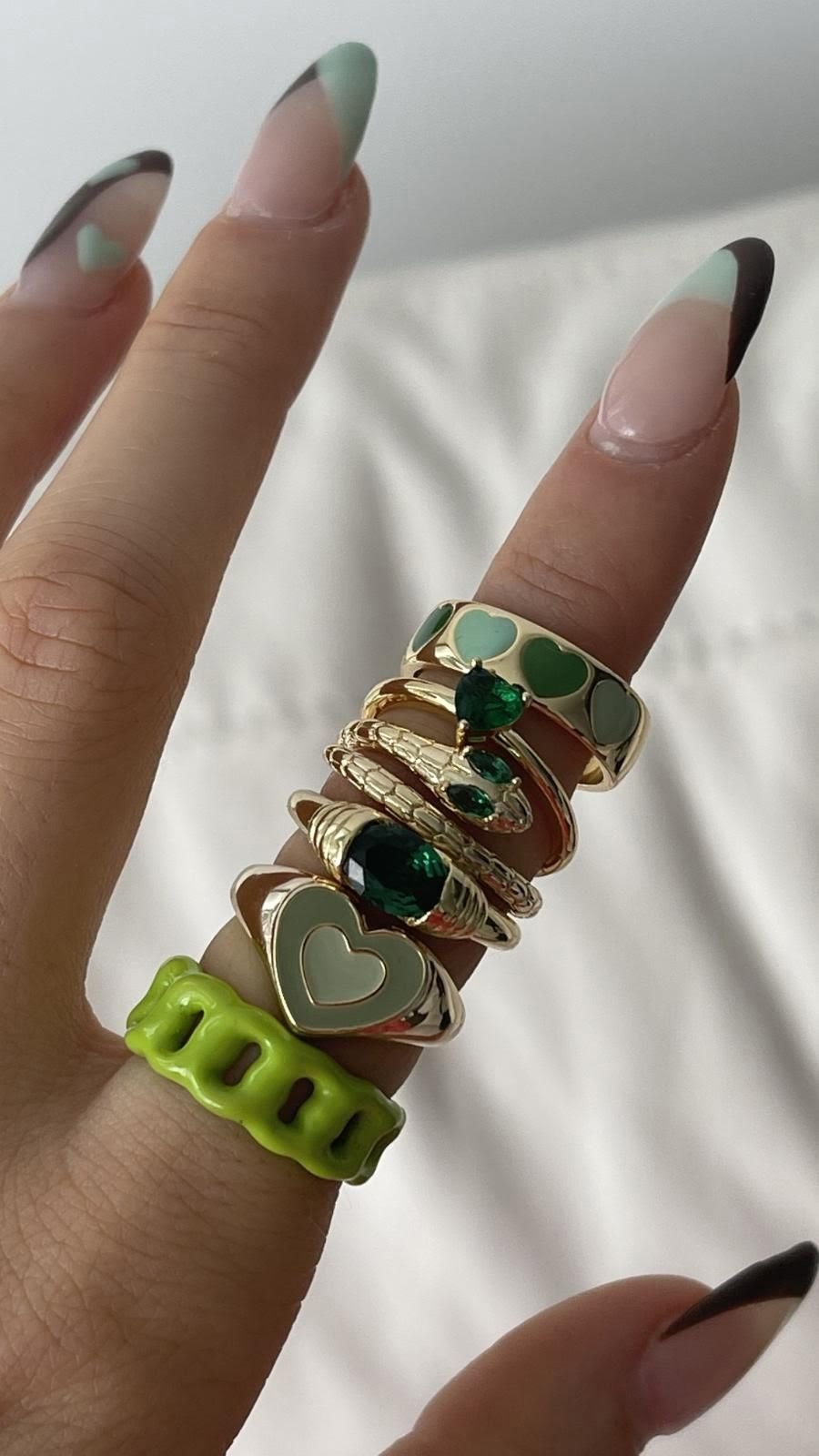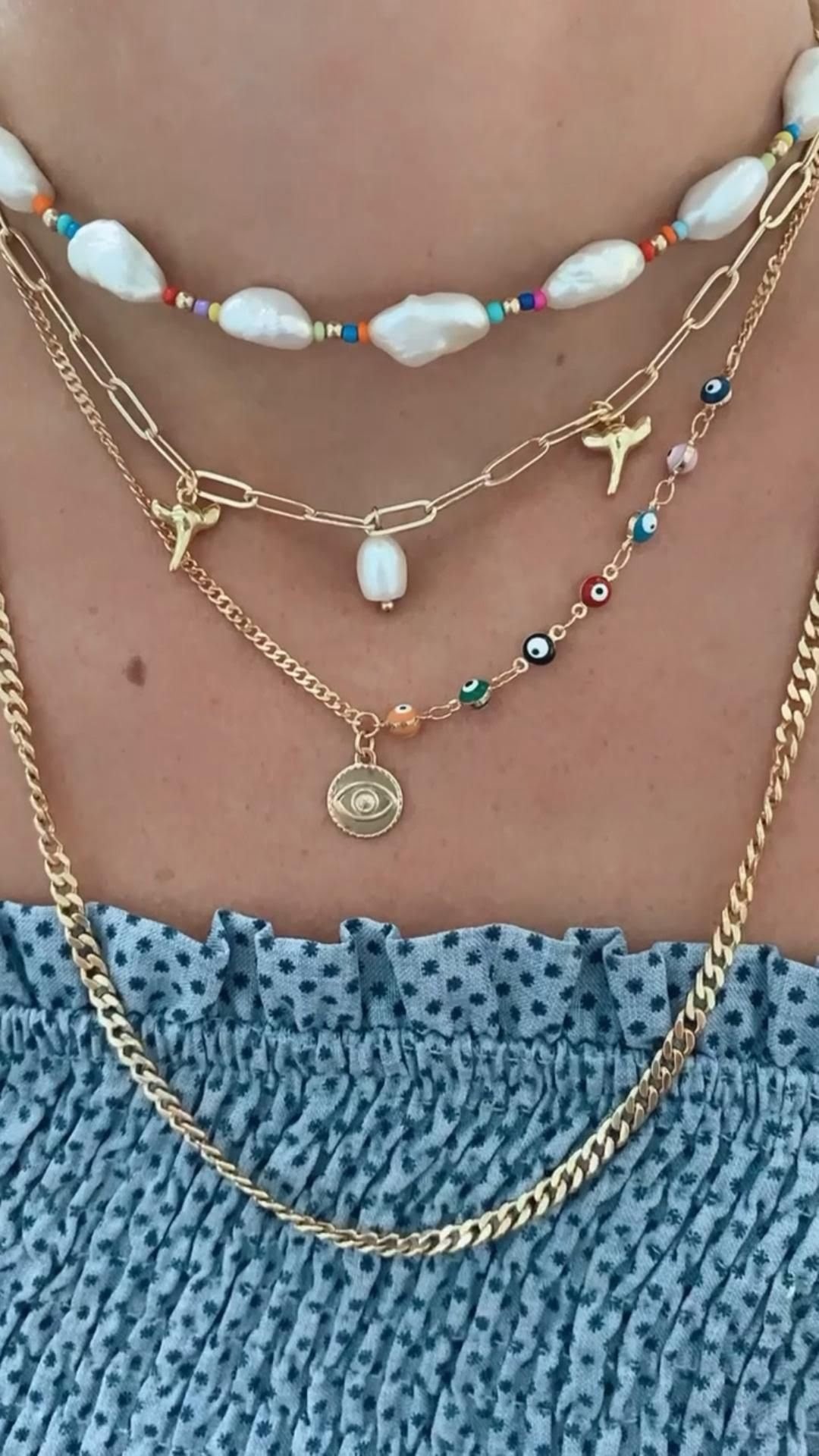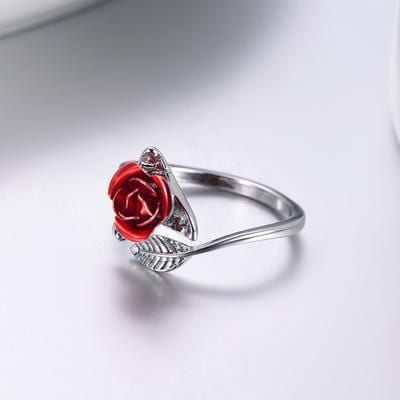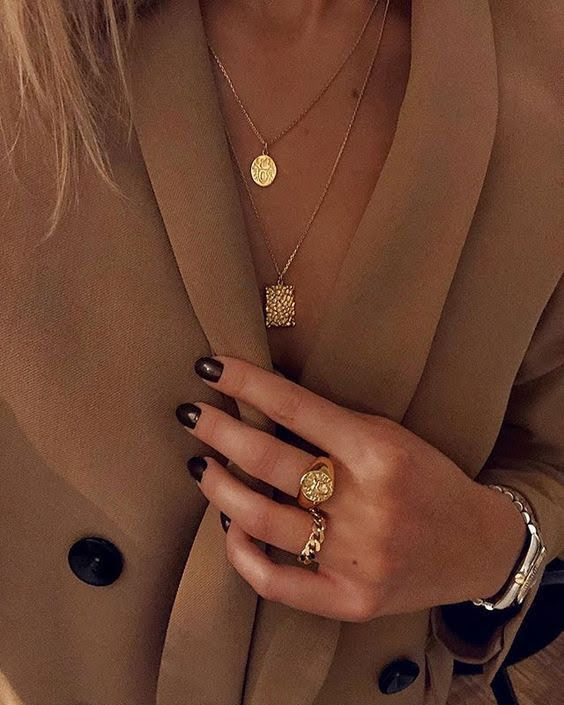Are you interested in starting your own fine jewelry line but don’t know where to begin? In this article, we will explore the essential steps to help you bring your vision to life and establish a successful business in the world of fine jewelry. From understanding the market and designing your line to creating a business plan and building your brand, we will cover everything you need to know to get started.
The fine jewelry industry is a captivating and lucrative field that requires a deep understanding of design, craftsmanship, and the preferences of discerning customers. By delving into this world, you have the opportunity to create exquisite pieces that reflect your creativity and passion while establishing a brand that resonates with individuals seeking luxury and sophistication.
In the following sections, we will guide you through each crucial stage of starting a fine jewelry line. From researching market trends and sourcing materials to marketing your creations and navigating legal considerations, our comprehensive guide will provide you with valuable insights and actionable steps to turn your dream into a thriving reality. So, let’s embark on this exciting journey as we unravel the intricacies of launching a fine jewelry line.
Understanding the Market
When starting a fine jewelry line, it’s crucial to understand your target market and the latest trends in the industry. Conducting thorough research will help you tailor your designs to appeal to your ideal customers and stay ahead of the competition.
Researching Jewelry Trends
One of the first steps in understanding the market for your fine jewelry line is to research current trends. This includes keeping an eye on popular styles, materials, and design elements that are resonating with consumers. Look at fashion magazines, social media platforms, and attend industry events to stay informed about what is trending in the world of fine jewelry.
Identifying Your Target Audience
In addition to staying updated on trends, it’s important to define your target audience. Consider factors such as age, income level, lifestyle, and personal preferences when creating buyer personas for your ideal customers. Understanding who you are designing for will help you create pieces that resonate with them and meet their specific needs and desires.
Market Research Strategies
Utilize market research techniques such as surveys, focus groups, and customer interviews to gain valuable insights into consumer preferences. By understanding the motivations and purchasing behaviors of your target audience, you can create a fine jewelry line that connects with them on a deeper level. This information will also inform your marketing strategies as you promote and sell your jewelry line.
By thoroughly researching trends and identifying your target audience, you can position your fine jewelry line for success in a competitive market. Understanding what appeals to consumers and who you are designing for is essential when starting a new venture in the world of fine jewelry.
Designing Your Fine Jewelry Line
Researching Trends and Finding Inspiration
Before you start designing your fine jewelry line, it’s crucial to stay updated on current trends in the industry. Keep an eye on what styles are popular, the materials that are in demand, and the overall aesthetic that is resonating with consumers.
Additionally, finding inspiration from various sources such as nature, architecture, or cultural elements can help bring a unique touch to your designs. Take the time to visit museums, art galleries, and even travel to different places for fresh ideas.
Creating Prototypes and Samples
Once you have a clear vision of your jewelry designs, it’s important to create prototypes and samples to bring them to life. This step involves working closely with skilled artisans or manufacturers who can translate your concepts into tangible pieces. It’s essential to be meticulous during this stage, ensuring that the quality and craftsmanship of your prototypes meet the standards you want for your final products.
Establishing a Signature Style
As you start designing your fine jewelry line, aim to establish a signature style that sets you apart from other brands. Whether it’s through unique gemstone combinations, innovative metalwork techniques, or a distinct design philosophy, having a consistent and recognizable style will help customers identify and connect with your brand. Consider what aspects of your designs are distinctive and emphasize them as part of your brand identity.
By following these steps on how to start a fine jewelry line by designing your line from concept to creation properly starting out in this business venture can be done effectively.
Sourcing Materials
When starting a fine jewelry line, one of the most critical aspects is to find the best quality gems and metals for your designs. Here are some steps on how to start a fine jewelry line by sourcing the right materials:
1. Research: Begin by researching reputable suppliers and vendors who specialize in high-quality gemstones and metals. Look for those who have a track record of ethical sourcing and sustainable practices.
2. Build Relationships: Establishing strong connections with suppliers is key to obtaining the best materials for your jewelry line. Reach out to potential partners, attend industry events, and network with other designers to get recommendations.
3. Quality Control: Insist on inspecting samples of the gems and metals you plan to use before making any large purchases. This will ensure that you are getting the level of quality that aligns with your brand’s standards.
4. Ethical Sourcing: With growing consumer awareness about ethical practices, it is essential to consider where and how your materials are sourced. Look for suppliers who can provide documentation regarding the origins of their gems and metals to reassure your customers that your products are ethically produced.
By following these steps, you can ensure that your fine jewelry line features the best quality gems and metals, setting the stage for success in this competitive industry.
Creating a Business Plan
When starting a fine jewelry line, creating a solid business plan is essential for success. A well-thought-out business plan will not only help you stay organized and focused, but it will also be crucial when seeking funding from investors or financial institutions. Here are the key components to include in your business plan:
- Define Your Vision and Mission: Clearly outline what your jewelry line is all about and what sets it apart from others in the market.
- Market Analysis: Research the current trends in the fine jewelry industry, understand who your target audience is, and analyze your competitors.
- Financial Projections: Estimate your startup costs, ongoing expenses, and projected sales. Consider factors such as material costs, production expenses, marketing, and operational costs.
- Sales and Marketing Strategy: Outline how you plan to market and promote your fine jewelry line, including online strategies, social media presence, partnerships with influencers or bloggers, etc.
Setting realistic financial goals is also an important part of creating a business plan for starting a fine jewelry line. Determine your short-term and long-term financial objectives and include them in your plan.
Additionally, consider how you will fund your startup – whether through personal savings, loans from family or friends, angel investors or venture capital. Having a clear understanding of how much money you need to get started and where it will come from is crucial to the success of your fine jewelry line.
By setting achievable goals and preparing thorough financial projections in your business plan, you’ll be better equipped to navigate the challenges of starting a fine jewelry line while maximizing its potential for success.
Building Your Brand
Establishing a unique identity and story for your fine jewelry line is crucial in standing out in the competitive market. One of the first steps in building your brand is to define what sets your jewelry apart from others. This could be the use of sustainable materials, a focus on traditional craftsmanship, or a particular design aesthetic that reflects your personal style.
To start, consider creating a brand narrative that conveys the inspiration behind your collection and the values that drive your creative process. This will help create an emotional connection with potential customers and differentiate your brand from others. Additionally, developing a strong brand identity through visual elements such as logos, color schemes, and packaging can further enhance recognition and memorability for your fine jewelry line.
Another important aspect of establishing your brand is to communicate consistently across various channels including social media, website, and marketing materials. Showcasing behind-the-scenes content, sharing the stories behind individual pieces, and engaging with your audience can help foster a loyal customer base as well as attract new fans of your work.
| Aspect | Description |
|---|---|
| Brand Narrative | Create an emotional connection with potential customers by conveying the inspiration behind your collection. |
| Visual Identity | Create logos, color schemes, and packaging that enhance recognition for your fine jewelry line. |
| Consistent Communication | Showcase behind-the-scenes content, share stories behind individual pieces, and engage with your audience to build loyalty. |
Marketing and Promotion
Once you have designed and created your fine jewelry line, the next step is to effectively market and promote your products to reach your ideal customers. This stage is crucial in gaining visibility and establishing a loyal customer base for your brand.
One of the key considerations for marketing your fine jewelry line is identifying your target demographic and understanding where they are most likely to be reached. Social media platforms such as Instagram, Pinterest, and Facebook are popular channels for reaching potential customers interested in luxury goods.
In addition to social media, collaborating with influencers and bloggers who have a following within the fine jewelry niche can greatly expand the reach of your brand. Their endorsement can introduce your products to a wider audience that is already interested in high-quality jewelry. You may also consider participating in industry events such as fashion shows, charity galas, or luxury markets where potential customers can engage with and purchase your fine jewelry pieces in person.
Furthermore, investing in professional photography and creating visually appealing content that showcases the craftsmanship and beauty of your jewelry line will play a significant role in capturing the attention of potential customers. Utilizing these strategies will help you build brand awareness, generate interest in your products, and ultimately drive sales for your fine jewelry line.
| Platform | Benefits |
|---|---|
| Social Media (Instagram, Pinterest, Facebook) | Reaches potential customers; visual platform for showcasing products |
| Influencer Collaborations | Expands brand’s reach; introduces products to wider audience |
| Industry Events (Fashion Shows, Charity Galas) | Opportunity for in-person engagement; exposure to targeted audience |
Selling Your Jewelry
Once you have designed and created your fine jewelry line, the next step is to focus on selling your products. There are various avenues through which you can sell your jewelry, including online platforms, boutiques, and trade shows. Each option has its benefits and drawbacks, so it’s essential to carefully consider which approach aligns with your brand and target audience.
One way to sell your fine jewelry is through online platforms such as e-commerce websites and social media. With the rise of digital shopping, having an online presence is crucial for reaching a wider customer base. You can create a professional website to showcase your products or leverage popular online marketplaces like Etsy, Amazon Handmade, or even social media platforms like Instagram for direct sales.
Another option is to partner with boutiques and retail stores that align with the aesthetic and values of your brand. This allows you to reach customers who prefer in-person shopping experiences and expands your reach beyond what you could achieve on your own. Building relationships with retailers can be beneficial for long-term growth and visibility in the market.
Lastly, participating in trade shows and industry events provides an opportunity to showcase your collection to potential buyers, industry professionals, and press. This exposure can lead to wholesale orders from retail buyers or collaborations with other brands in the industry. Trade shows also allow you to stay updated on current market trends and network with key players in the fine jewelry industry.
Considering the pros and cons of each selling method will help you make informed decisions about how best to reach your ideal customers and grow your fine jewelry line. By leveraging a combination of selling strategies, you can maximize your sales potential while building a strong foundation for your brand in the competitive world of fine jewelry.
Legal and Regulatory Considerations
When starting a fine jewelry line, it is crucial to consider the legal and regulatory aspects of the business to protect your work and intellectual property. One of the first steps in this process is to ensure that you have the proper trademarks and patents in place for your designs. This will help prevent others from copying or stealing your unique creations, giving you legal recourse if your work is infringed upon.
Another important consideration is to establish strong contracts with suppliers, manufacturers, and other partners in the industry. These contracts should outline ownership rights, confidentiality agreements, and other legal protections to safeguard your business and creative assets. It is also advisable to consult with legal experts specializing in intellectual property law to ensure that your business is fully protected.
Additionally, familiarizing yourself with industry regulations and standards is essential to avoid any legal complications. From ethical sourcing of materials to compliance with consumer safety laws, understanding and adhering to these regulations will not only protect your business but also build trust with customers who are increasingly conscious of where their jewelry comes from.
Growing Your Fine Jewelry Line
In conclusion, starting a fine jewelry line requires a combination of creativity, business acumen, and a deep understanding of the market. From researching trends and understanding your target audience to sourcing materials and creating a business plan, there are several important steps to consider when venturing into this competitive industry. However, by following this comprehensive guide on how to start a fine jewelry line, aspiring designers can set themselves up for success.
Once your fine jewelry line is established, the next step is to focus on growth and adaptation to industry trends. This involves scaling up your production, expanding your product range, and evolving with the ever-changing demands of the market. By continuously innovating and staying ahead of the curve, you can position your brand as a leader in the fine jewelry industry.
It’s important to remember that building a successful fine jewelry line takes time, dedication, and perseverance. While it may be challenging to navigate through legal considerations and find the right marketing strategies at first, staying true to your brand’s identity and story will ultimately resonate with your ideal customers.
By focusing on quality craftsmanship, unique designs, and ethical practices, you can carve out a niche in the market and establish a loyal customer base for your fine jewelry line.
Frequently Asked Questions
Is Selling Fine Jewelry Profitable?
Selling fine jewelry can be profitable, but it requires a solid understanding of the industry, market trends, and strong marketing and sales skills. Fine jewelry typically has higher profit margins compared to costume or fashion jewelry, but it also comes with higher production costs and greater competition.
Success in this industry often depends on creating unique, high-quality pieces that appeal to a specific target market.
How Do I Start a Fine Jewelry Brand?
Starting a fine jewelry brand involves several key steps. First, you’ll need to research the market and identify your target audience. Then, you’ll need to develop a strong brand identity, including a memorable name and logo.
Next, you’ll need to source high-quality materials and skilled artisans to create your jewelry designs. Building an online presence through a website and social media is essential for reaching customers. Additionally, networking with other professionals in the industry can help you establish your brand within the marketplace.
How Do I Start a Jewelry Line With No Experience?
Starting a jewelry line with no experience requires dedication and willingness to learn. Begin by researching the basics of jewelry making and design through books, online resources, or classes. Look for mentorship or apprenticeship opportunities with experienced jewelers or designers to gain hands-on experience and knowledge of the industry.
Start small by creating a few original pieces and testing them at local markets or online platforms to gauge customer interest before investing in larger-scale production. Building a network within the jewelry community can also provide valuable support and guidance as you start your journey in this field.

Welcome to my jewelry blog! My name is Sarah and I am the owner of this blog.
I love making jewelry and sharing my creations with others.
So whether you’re someone who loves wearing jewelry yourself or simply enjoys learning about it, be sure to check out my blog for insightful posts on everything related to this exciting topic!

